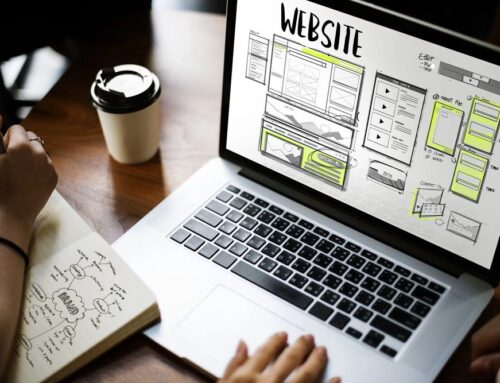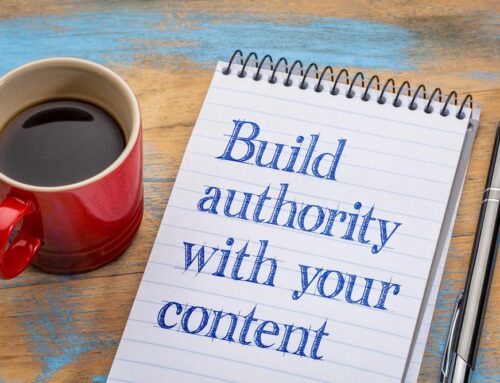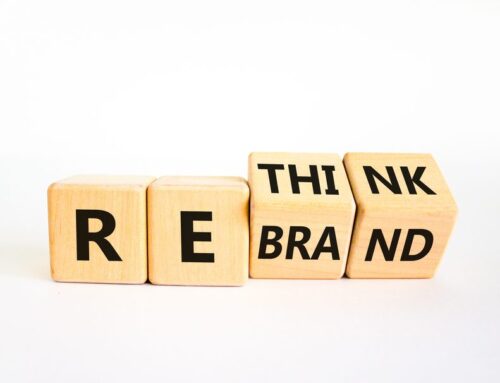When it comes to website accessibility, several key factors can greatly improve the user experience for all individuals.
Remember, considering accessibility when building and maintaining your website is crucial for providing an inclusive user experience. By continuously auditing your site and implementing accessibility practices, you can ensure that all users, regardless of their capabilities, can access your content.
Yasmine Robles from Robles Designs joins us from The Circle of Experts for this Circle Sessions episode.
Let’s break it down with something super simple: transcripts. Think about all the podcasts (like ours!), videos, and media that use sound. Transcripts let those who can’t hear—or those chilling in a quiet library—get the same great content. Plus, when you turn transcripts into blog posts, Google’s more likely to bump your site up for everyone to see.
Images and website accessibility
Those cute images on sites? They need alt text—little hidden captions that paint a picture with words when images don’t load or for those using screen readers. Alt text helps everyone get the full picture (pun intended), and it’s a solid boost for that SEO magic too.
Page titles
They’re like subtle hints about the details on your page, making it easier to find for both screen readers and search engines. And headings! Just like that well-organized friend we all wish we could be, headings keep stuff on your page in order, so no one gets lost trying to navigate through your content.
Pick your colors carefully
Color contrast is big too. You want all your users to read your text without squinting. Use those contrast checkers to make your site easy on the eyes of everyone. And you know those frustrating forms that never tell you what you did wrong? Clear, helpful error messages can save your users from a world of confusion.
Animations and videos are cool and all, but don’t let them hijack the show. Not everyone’s into those flashy dance moves. Keeping multimedia under user control lets everyone tune things to their vibe—whether they need to pause, blast, or mute content.
Website accessibility and legal
Now for the real talk: accessibility isn’t just about being a good netizen, it’s a legal thing too. Those lawsuits can hit where it hurts (your wallet), so we say go for the built-in accessibility from the start—it’s way better than some band-aid solution later on.
The right tools make the job easier
Tools, folks, there are tools out there! Use them. Google Search Consoles, W3C, WebAim—we’ve got the tech to make this easier, so there’s no excuse for not giving it a shot. And yeah, it might feel like a lot, but putting in the work on this stuff means everyone gets to dig what you’re putting out there.
Yasmine works alongside clients to design a website that’s driven by strategy, looks amazing, and that you can actually use to grow your podcast, and your business.
- what’s working
- what’s not working
- what you need to continue to do
- where you can improve




